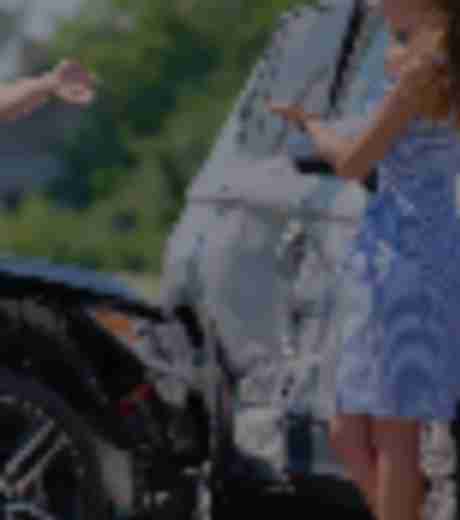Pedestrians as ‘vulnerable road users,’ part 2: steps to be taken
In the first part of this post, we introduced the term “vulnerable road users.” This is the term given by safety regulators to pedestrians, bicyclists and motorcyclists – all of whom are at risk of serious or even fatal injuries from cars and trucks.
Finally, after decades of dominance by motor vehicle-related thinking, transportation planners are beginning to explore how to better integrate these vulnerable road users into a safer and more comprehensive system in which cars are not always king.
In this part of the post, we will discuss some of the steps being taken in some parts of the country to do a better job of preventing pedestrian accidents.
The Governor’s Highway Safety Association (GHSA) has developed some good resources for this.
In particular, the GHSA has issued a guidebook for planners entitled “Countermeasures That Work: A Highway Safety Countermeasure Guide for State Highway Safety Offices.”
To view the most recent edition of the guide, click here.
To be sure, the report is filled with some terms that sound pretty bureaucratic. “Conspicuity enhancement,” for example, is quite a multi-syllabic way of referring to the use of reflective clothing that makes people on foot more visible to motorists.
But it isn’t only up to pedestrians to stay out of the way of cars and trucks. There are other measures that focus on infrastructure changes. These could include:
• Pedestrian safety zones, in which certain areas are targeted for additional education and enforcement.
• Traffic islands, so that pedestrians can get at least halfway across the road and have a safe place to wait until traffic is clear again.
These are only a few examples. Take a look at the GHSA guide we mentioned above for others.
The main thing, however, is that vulnerable road users don’t simply have to accept accidents as the byproduct of a car-dominated culture.
If negligence by a motorist or some other party caused you injury, it makes sense to talk with an attorney about your right to seek compensation. The same is true for families of someone who was killed by such negligence.
To learn more about our practice in this area, please visit our pedestrian accident page.
Get in Touch
Schedule a Free Initial Consultation
At Kennedy, Johnson, Schwab & Roberge, P.C., we handle all cases on a contingency fee basis. This means that we do not get paid unless and until you receive a settlement or a jury award.
Schedule a free, confidential consultation with a skilled Connecticut personal injury lawyer today.








